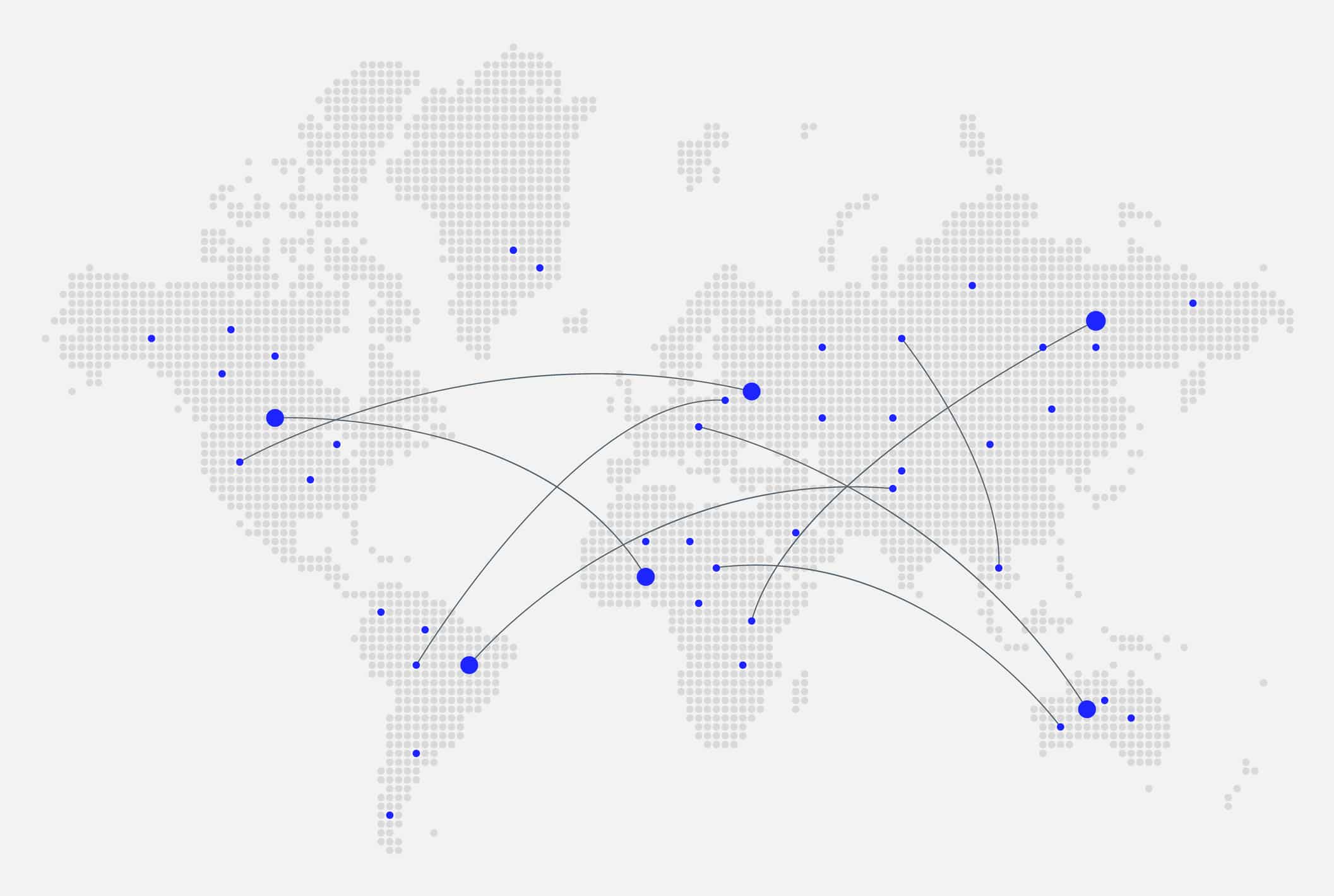REAL Real-Time Data Analytics: When Seconds Matter
Teresa Wingfield
April 7, 2023

According to Gartner, real-time analytics is the discipline that applies logic and mathematics to data to provide insights for making better decisions quickly. For some use cases, real-time means analytics is completed within a few seconds after the arrival of new data. Actian calls this REAL real-time data analytics.
Analytics solutions vary greatly in their real-time capabilities, with many having only “near” real-time analytics. REAL real-time analytics means that you can immediately deliver real-time data and consistently execute ultra-fast queries to inform decisions in the moment. Here’s a quick overview of how the Actian Data Platform achieves these two requirements.
Real-Time Data
Real-time data is information that is delivered immediately after collection. This requires real-time, event and embedded processing options so that you can ingest your data quickly. You will also need an integration that includes orchestration, scheduling, and data pipeline management functionality to help ensure that there is no delay in the timeliness of information.
The Actian Data Platform is noted for its fast delivery of real-time data using the above data integration features. In a recent Enterprise Strategy Group economic validation, customers reported that the Actian data platform reduced data load times up to 99% and reduced integration and conversion time up to 95%.
Real-Time Queries
A columnar database with vectorized data processing has become the de facto standard to accelerate analytical queries. While row-oriented storage and execution are designed to optimize performance for online transaction processing queries, they provide sub-optimal performance for analytical queries.
A columnar database stores data in columns instead of rows. The purpose of a columnar database is to efficiently write and read data to and from hard disk storage to speed up the time it takes to return query results.
Vectorization enables highly optimized query processing of columnar data. Vectorization is the process of converting an algorithm from operating on a single value at a time to operating on a set of values (vector) at one time. Modern CPUs support this with Single instruction, multiple data (SIMD) parallel processing.
Additional optimizations such as multi-core parallelism, query execution in CPU cores/cache, and more contribute to making the Actian Data Platform the world’s fastest analytics platform. The Actian Data Platform is up to 7.9 x faster than alternatives, according to the Enterprise Strategy Group.
The Actian Data Platform also has patented technology that allows you to continuously keep your analytics dataset up-to-date, without affecting downstream query performance. This is ideal for delivering faster analytic outcomes.
When Seconds Matter
So why does speed matter? Real-time data analytics allows businesses to act without delay so that they can seize opportunities or prevent problems before they happen. Here is a brief example of each type of benefit.
Online Insurance Quotes
Insurance comparison websites in the UK give top billing to insurers who respond fastest to online requests for quotes. Insurance uses the Actian Data Platform for real-time analytics to deliver a risk-balanced, competitive insurance quote with sub-second speed.
Proactive Equipment Maintenance
As manufacturers incorporate more IoT devices on their plant floors, they have opportunities to analyze data from them in real-time to identify and resolve potential problems with production-line equipment, before they happen, and to spot bottlenecks and quality assurance issues faster.
The Actian Data Platform is a single solution for data integration, data management, and real-time data analytics. Check out how the platform lets you integrate anytime.
Subscribe to the Actian Blog
Subscribe to Actian’s blog to get data insights delivered right to you.
- Stay in the know – Get the latest in data analytics pushed directly to your inbox.
- Never miss a post – You’ll receive automatic email updates to let you know when new posts are live.
- It’s all up to you – Change your delivery preferences to suit your needs.














